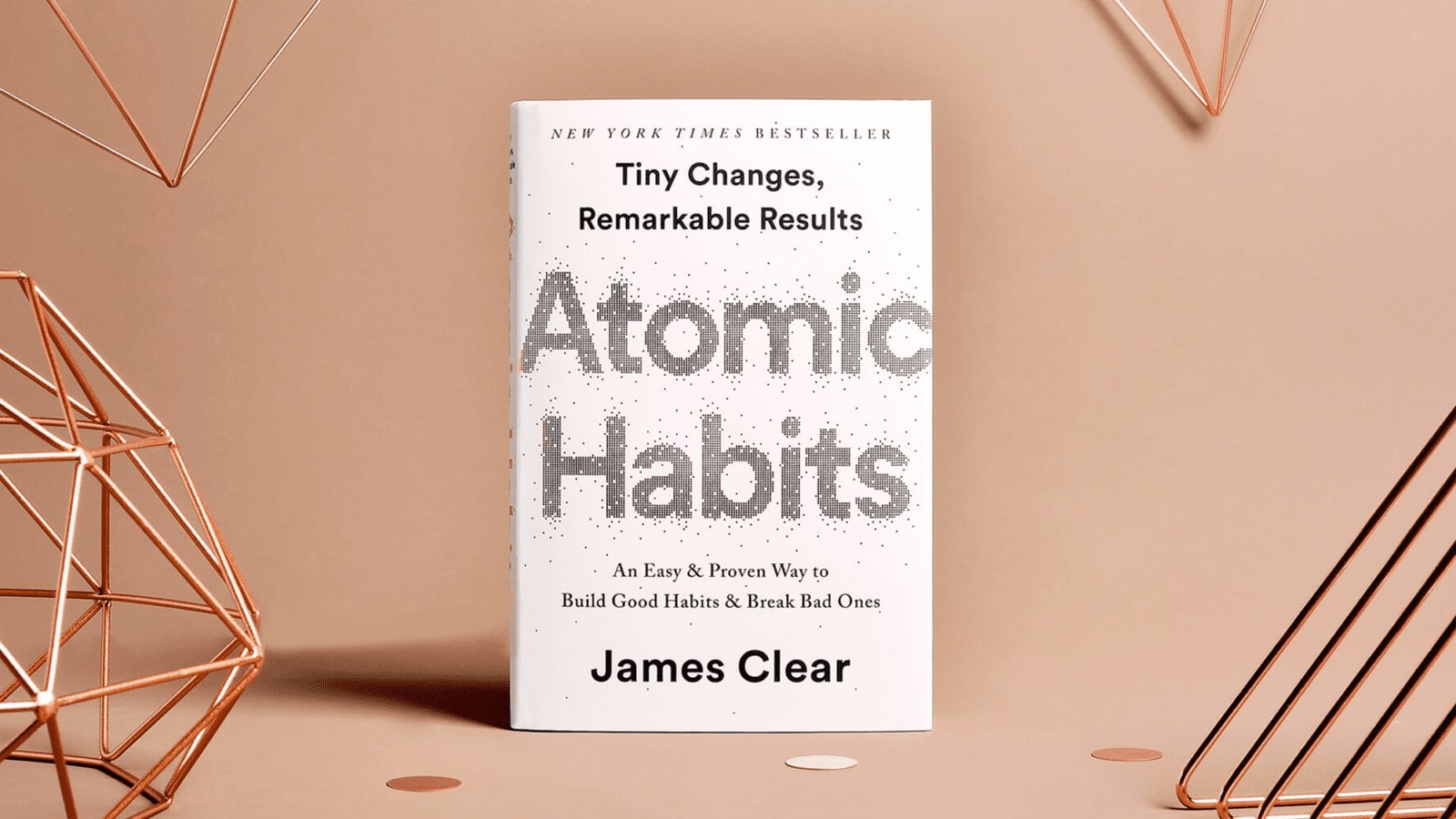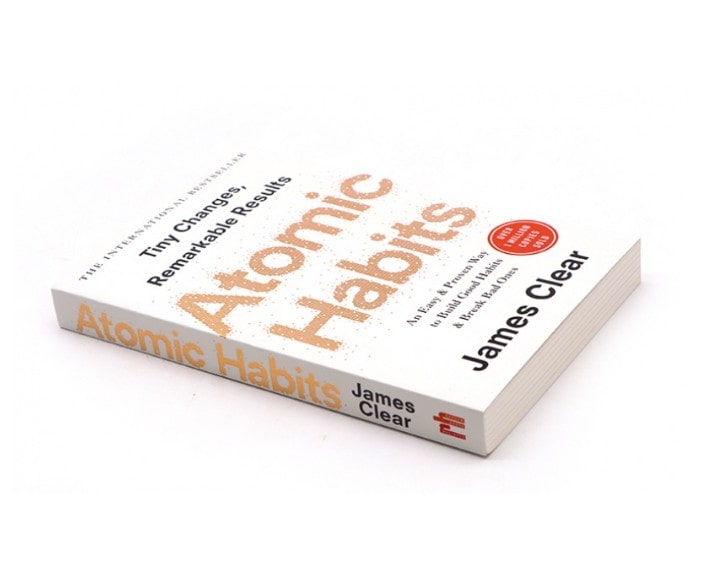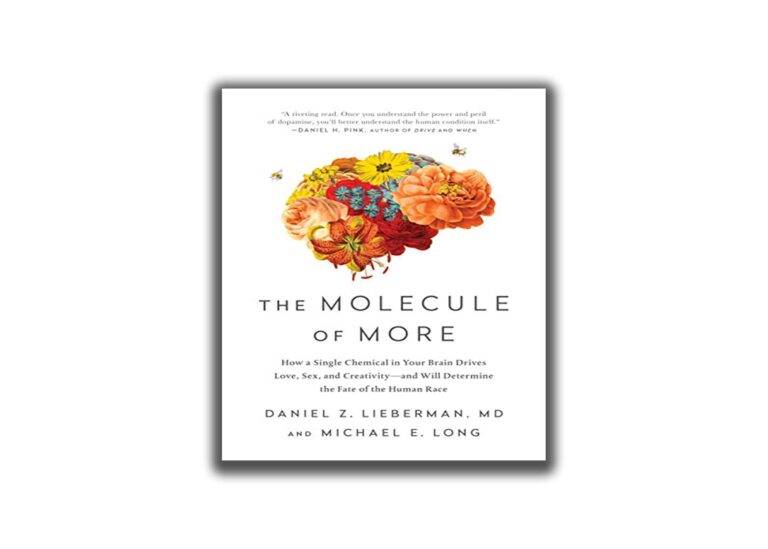
Complete Summary of Atomic Habits
Complete Summary of Atomic Habits by James Clear: Key Lessons and Practical Insights
James Clear’s Atomic Habits is a groundbreaking book that explains how tiny daily improvements can lead to remarkable long-term results. Instead of chasing big, unrealistic goals, Clear shows us the power of small, consistent changes—what he calls “atomic habits.” This summary explores the key ideas, lessons, and practical applications that can help anyone improve their life.

What Are Atomic Habits?
Small Changes, Big Results
The core message of the book is simple: small habits compound over time, just like compound interest in finance. Improving by just 1% every day may seem small, but over months and years, it transforms your identity and results.
The Power of 1% Better Every Day
Clear explains that success is rarely the product of massive action. Instead, it’s the outcome of small, consistent steps that accumulate and create exponential growth.
The Difference Between Goals and Systems
Why Goals Alone Don’t Work
Goals give you direction, but they don’t guarantee progress. Everyone has similar goals—athletes, students, and professionals—but not everyone succeeds. The difference lies in the system they follow.
Building Long-Term Systems
Systems are the daily routines and structures that make success inevitable. By focusing on systems rather than goals, you ensure steady progress and sustainable growth.
Identity-Based Habits
Focus on Who You Want to Become
Instead of asking, “What do I want to achieve?” ask, “Who do I want to become?” This mindset shift makes habits more meaningful and sustainable.
Aligning Habits with Identity
When you see yourself as a writer, athlete, or healthy person, the actions naturally follow. Your habits are a reflection of your identity, and by changing identity, you change behavior.

The Four Laws of Behavior Change
James Clear provides a practical framework for creating good habits and eliminating bad ones.
1. Make It Obvious
Design your environment so that good habits are triggered easily. Keep a book on your nightstand if you want to read more.
2. Make It Attractive
Use temptation bundling—pair a habit you need to do with one you enjoy. For example, only listen to your favorite podcast while running.
3. Make It Easy
Reduce friction. Start small and make habits simple to begin. Lay out your gym clothes the night before, or floss just one tooth to start the routine.
4. Make It Satisfying
Immediate rewards help reinforce good habits. Track your progress, celebrate small wins, and create systems that feel rewarding.
| Law | Description | Example for Good Habit | Example for Breaking Bad Habit |
|---|---|---|---|
| 1. Make It Obvious | Design environment to highlight cues for good habits. | Put a book on your nightstand to read nightly. | Remove junk food from the kitchen. |
| 2. Make It Attractive | Use temptation bundling and reframe habits positively. | Listen to your favorite podcast while running. | Remind yourself of health risks of smoking. |
| 3. Make It Easy | Reduce friction and start small with tiny habits. | Lay out gym clothes the night before. | Unplug the TV after each use. |
| 4. Make It Satisfying | Use rewards and track progress for motivation. | Check off your habit tracker daily. | Ask a friend to hold you accountable. |
Designing an Environment for Success
How Environment Shapes Behavior
Clear emphasizes that environment matters more than motivation. If junk food surrounds you, eating healthy becomes harder. If your workspace is cluttered, productivity drops.
Making Good Habits Easy and Bad Habits Hard
Set up your surroundings so that positive behaviors are the default choice. At the same time, increase friction for bad habits by removing cues or adding extra steps.

Tracking Progress and Staying Consistent
The Role of Habit Tracking
“What gets measured gets managed.” Using a calendar, journal, or app to track habits creates visible proof of your progress and builds motivation.
The “Never Miss Twice” Rule
If you skip a habit once, it’s not a failure. Just don’t skip twice in a row. This keeps you on track and prevents minor setbacks from becoming long-term failures.
Practical Applications of Atomic Habits
Habit Stacking Examples
Attach new habits to existing ones: “After I brush my teeth, I will meditate for one minute.” This links new behaviors to routines you already do.
Small Steps Toward Big Goals
Don’t underestimate small actions. Drinking a glass of water every morning, walking for 5 minutes, or writing one sentence daily can eventually lead to big transformations.
Conclusion – Why Atomic Habits Matter
Atomic Habits teaches us that small daily actions shape our identity and future. By focusing on systems instead of goals, aligning habits with identity, applying the Four Laws of Behavior Change, and designing supportive environments, we can transform our lives.
The ultimate lesson is clear: success doesn’t come from massive action—it comes from small, consistent habits that compound over time.






